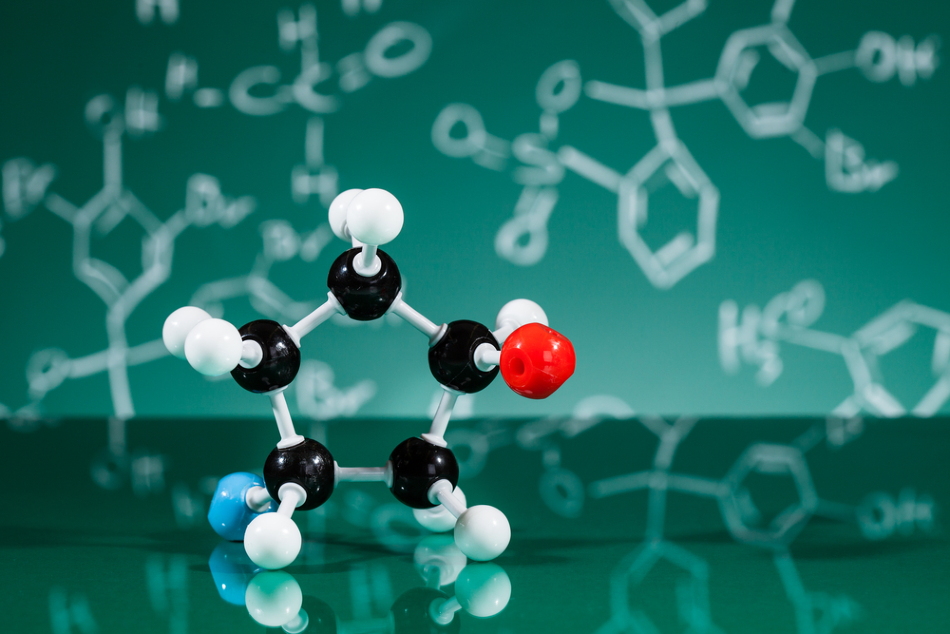
Image Credit: Andrey_Popov/Shutterstock.com
Grain boundaries are characteristic features of polycrystalline compounds that play an important role in increasing the strength of the materials. For heavy-weight industrial applications, where the strength of the material is an essential factor, engineering these grain boundaries to tweak material properties plays an important factor.
Grain Boundaries and their Significance for Ceramic Materials
In a polycrystalline material (a material made of several small crystallites/grains) a grain boundary (GB) is the interface between two grains/crystallites. These are two-dimensional defects that determine the formation, evolution and stability of the grains in a material.
Like any other polycrystalline material, advanced ceramics are made up of crystallites of different orientation/composition. Therefore, GBs play a dominant role in controlling the properties of ceramics.
Recent Development on Ceramic Properties
Carbon segregation in GBs of irradiated Silicon Carbide
One way to tune properties of a class of advanced ceramics, Silicon Carbide (SiC) has been found recently by a group of materials scientists at the University of Wisconsin-Madison. They found carbon segregation at the GBs in SiC. This is not typical of ceramic materials, which usually form line compounds, while intermediate phases appear as vertical lines in phase diagrams. Ceramic materials face a strong thermodynamic driving force to resist any configuration that does not satisfy normal stoichiometry. This is certainly not the case for SiC.
Usually, Radiation-Induced Segregation (RIS) has been observed in metals since the 1970s. This has been explained in terms of the free electrons present in metals that can interact freely with other electrons and atoms. Some atoms will move out of their usual configuration and flow towards GBs. Depending on the rate of their movement, the chemistry of the material is predicted to alter.
Ceramic materials usually form covalent bonds that are much stronger than metallic bonds found in metals. Therefore, it has been believed that these materials will not be subjected to a similar type of atom segregation in GBs as in metals. However, the group led by Izabela Szlufarska at UW Madison found that carbon content in the GBs in SiC is less than what is expected after running simulations and imaging.
This leads to the suggestion that SiC is susceptible to RIS despite being a ceramic. They validated this by irradiating the material and subsequently finding that between 300 degrees Celsius and 600 degrees Celsius, the GBs experienced carbon enrichment, whereas the enrichment decreases from 600 degrees Celsius.
Click here to find out more about nanoparticle characterization systems.
During RIS, a few carbon atoms are moved out of their standard configuration in the lattice, creating a pair of defects, a vacancy (a vacant site in the lattice) and a loose carbon atom (interstitial defect). These free interstitial atoms migrate to the GBs and accumulate there, affecting the material's chemistry.
Dr Szlufarska mentioned that the team could resolve the chemical composition along the GBs using state-of-the-art scanning transmission electron microscopy conducted at UW-Madison and Oak Ridge National Laboratory. Before this, the tools used to investigate the phenomenon were not available, and the very concept of RIS in ceramics was thought technically unfeasible.
By implementing an ab initio informed rate theory model, they found that due to the unique defect energy profiles present in these covalent materials, the temperature dependence of the RIS phenomena in such materials is different from that of metals. For example, in SiC, it was found the RIS happens at 0.18Tm and suppressed at 0.28Tm, the range being much lower than what is found in metals or metallic compounds (0.3Tm ~ 0.5Tm).
It was also discovered that grain boundaries in SiC, which did not undergo irradiation, are intrinsically weak in carbon content.
Future Research Directions
Carbon segregation near GBs is driven by:
- Different rates of interactions of various defects (vacancy vs. interstitial)
- Different reaction energy barriers sizes between different sublattices (silicon vs carbon).
Future research on SiC needs to understand how RIS of C atoms happens with respect to the radiation conditions and on GB types.
An understanding of RIS in SiC will build the necessary foundation to explain and predict similar phenomena in other polycrystalline ceramics. The group believes other polycrystalline ceramics may potentially show similar properties when irradiated. This means, even though operated at different temperatures, ceramic materials are subject to similar damage and deterioration at their GBs as metals or metallic compounds.
However, impurity segregation (in this case C segregation) might also prove useful to produce particular types of ceramics such as SiC, which have heavy-weight applications in nuclear energy, jet engines, and other high-end technologies.
References and Further Reading
Wang, X., Zhang, H., Baba, T. et al. (2020) Radiation-induced segregation in a ceramic. Nature Materials. https://doi.org/10.1038/s41563-020-0683-y
Disclaimer: The views expressed here are those of the author expressed in their private capacity and do not necessarily represent the views of AZoM.com Limited T/A AZoNetwork the owner and operator of this website. This disclaimer forms part of the Terms and conditions of use of this website.